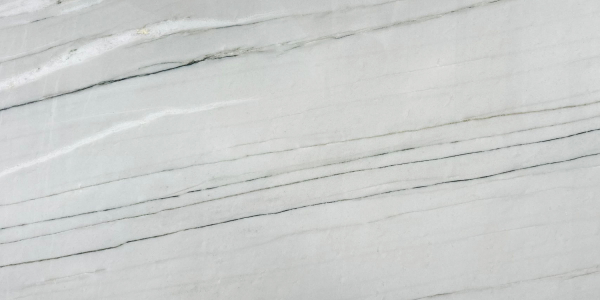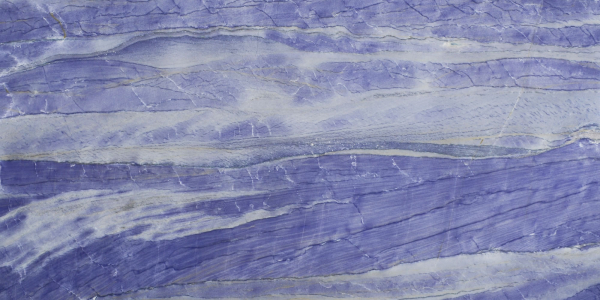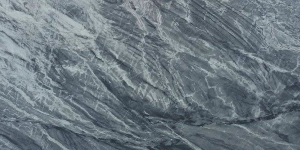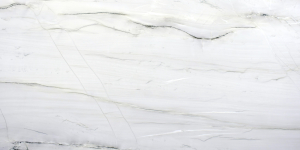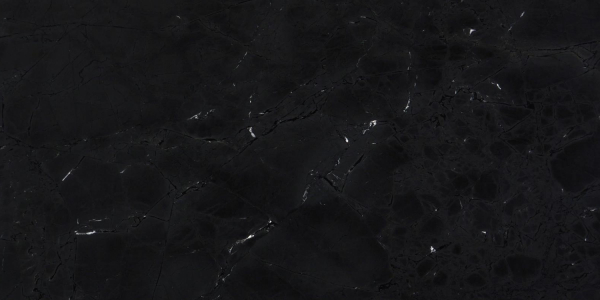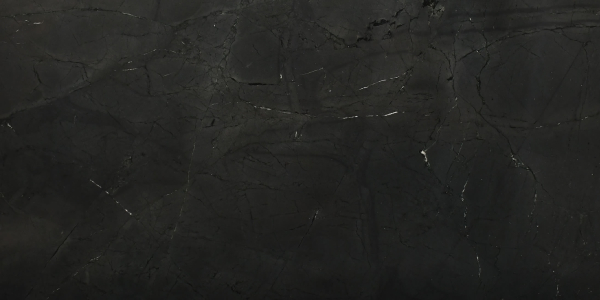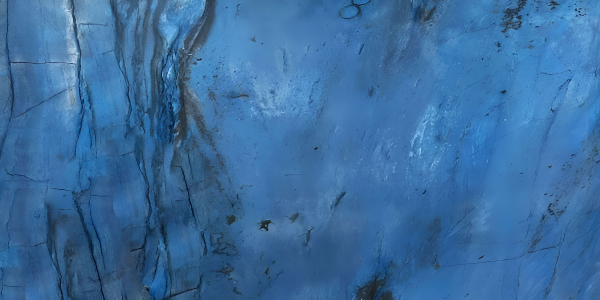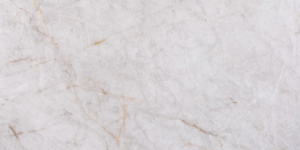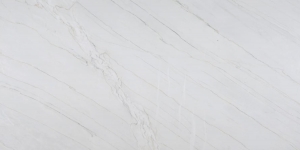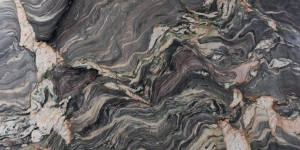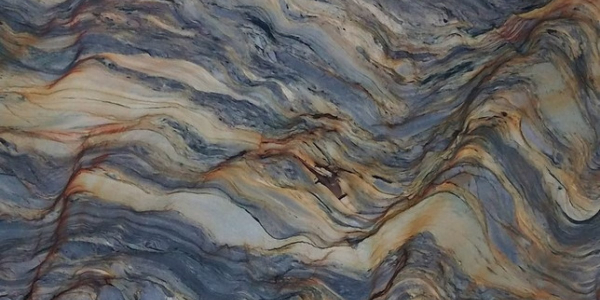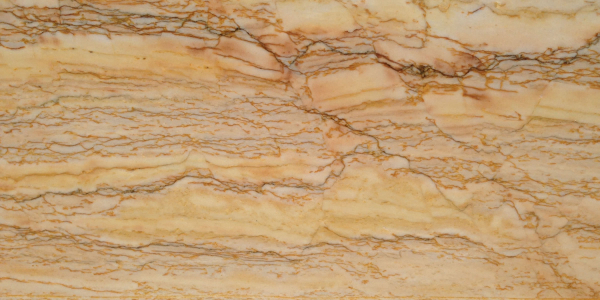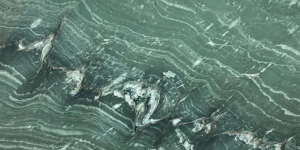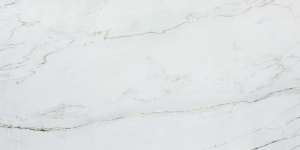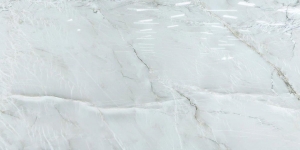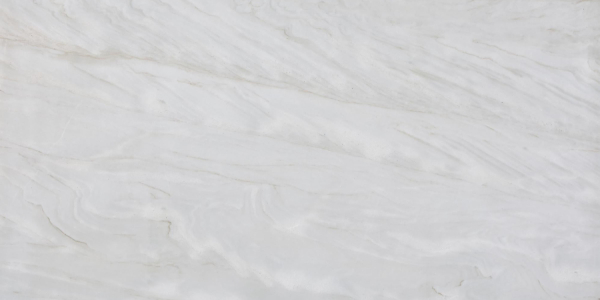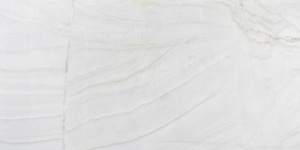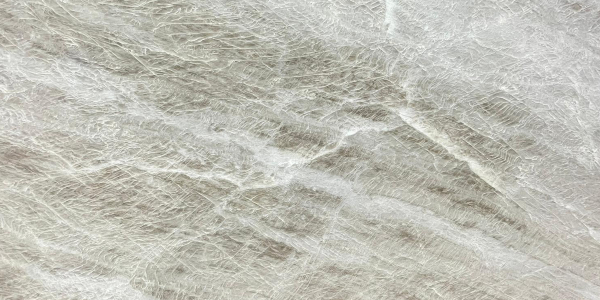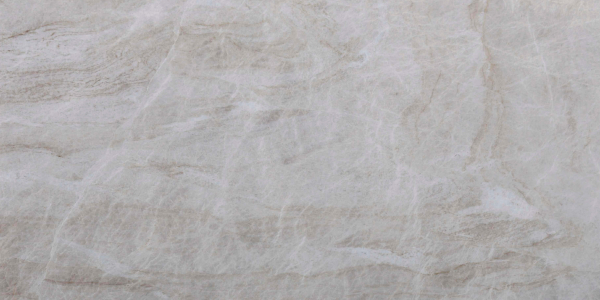Quartzite Stone Catalog 2025
Unlock the Elegance and Resilience of Quartzite at Venezia Surfaces
Quartzite, a testament to nature's artistry and endurance, stands as a pinnacle of sophistication in our collection at Venezia Surfaces. Revered for its unique blend of aesthetic beauty and robust qualities, quartzite has become a coveted choice for those seeking both elegance and durability in their surfaces.
Advantages of Quartzite:
- Natural Beauty: Quartzite showcases captivating natural patterns and colors, adding a touch of timeless beauty to any space.
- Durability: Known for its hardness and resistance to wear, quartzite is a durable option for high-traffic areas.
- Heat Resistance: Quartzite is heat-resistant, making it an excellent choice for kitchen countertops and other surfaces exposed to heat.
- Low Maintenance: As a low-maintenance material, quartzite is easy to clean and maintain, requiring minimal effort to preserve its stunning appearance.
Physical and Chemical Properties:
- Composition: Quartzite is a metamorphic rock primarily composed of quartz crystals with small amounts of other minerals.
- Hardness: Quartzite is renowned for its hardness, scoring around 7 on the Mohs scale.
- Density: With a density ranging from 2.65 to 2.75 g/cm³, quartzite offers a substantial and robust feel.
- Chemical Resistance: Quartzite exhibits resistance to chemicals and acids, ensuring its longevity and durability.
Price Range and Market Averages:
- Price Range: Our quartzite collection at Venezia Surfaces offers a diverse price range to accommodate different budgets and preferences.
- Market Averages: We take pride in offering competitive prices that align with or surpass market averages. Our commitment is to provide exceptional value for our customers.
Where to Buy:
Explore our extensive selection of quartzite at Venezia Surfaces. Our showrooms in Florida, Maryland, New Jersey, and New York offer a firsthand experience of the beauty and quality of our quartzite collection. Additionally, you can conveniently browse and purchase online through our user-friendly website.
Popular Colors:
- Arctic White: A pristine and elegant choice, perfect for creating a light and airy atmosphere.
- Golden Macaubas: Captivating with its warm, golden hues, adding richness to any space.
- Sea Pearl: A stunning blend of soft grays and whites, evoking a sense of tranquility.
Elevate your interior design with the enduring allure and strength of quartzite from Venezia Surfaces. Discover the perfect balance of nature-inspired beauty and resilience in our curated collection.

Maryland: 1954 Halethorpe Farms Rd #500, Halethorpe, MD 21227
Florida: 6850 Lyons Technology Cir, Coconut Creek, FL 33073

Services
Stone catalog
Where we work
Follow Us
Recent Articles
- Quartz Countertops in Boca Raton: Top Quality Just Minutes Away
- Best Quartz Styles for Coastal Florida Homes
- Why Florida Homeowners Choose Quartz for Their Homes and Apartments
- The Psychology of Color in Quartz Countertops: What to Know in 2025
- Top 5 Myths About Quartz Countertops — Debunked: What to Know in 2025
- Sustainable Quartz Surfaces: What to Know in 2025

